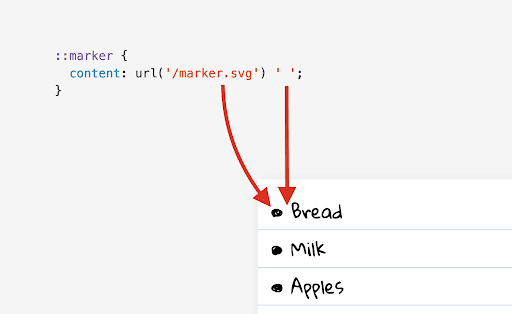There are several types of money management apps, including:
Budgeting apps
Help users create and track a budget to manage their spending.
Expense tracking apps
Allow users to record and categorize their spending in real-time to better understand where their money is going.
Investment tracking apps
Helps users to keep track of their investment portfolios, including stocks, bonds and mutual funds.
Personal finance apps
Offer a comprehensive view of a user’s finances, including budgeting, spending tracking and investment tracking.
Saving and goal-setting apps
Help users set savings goals and track their progress towards those goals.
Money transfer apps
These apps allow users to securely transfer money to others and make payments.
Instructions for making a money management app
Managing money is a crucial aspect of everyone’s life and technology has made it simple than ever to keep track of personal finances. With the rise of smart devices and mobile apps, there is now an abundance of money management apps available in the market. However, not all these apps cater to the unique financial needs of an individual or a business. This is where custom money management app development comes into the picture.
Here are the steps to follow when making a money management app:
Step # 1: Define your App’s Purpose and Goals
Before you start the app development process, it’s essential to understand what your app is supposed to achieve. This includes defining the app’s target audience, the features you’d like to include and the budget you are working with. This step will help you plan the app’s development and ensure you create an app that serves its purpose effectively.
Step #2: Research the Competition
It is important to know what similar apps are already in the market. This research will help you understand the features that users expect from a money management app and what differentiates your app from the others.
Step # 3: Hire a Professional App Design Company
Building a money management app requires a range of technical skills, including coding, design and development. Hiring a professional app design and app development company with experience in financial organization app development will help you create a high-quality app that meets your expectations and provides a great user experience.
Step # 4: Design the User Interface
The user interface (UI) is the first thing that users interact with when they use an app. A well-designed UI will ensure that your app is easy to use and navigate, making it more likely that users will continue to use it. A professional application designing company will have the skills and experience to design an effective UI that meets your needs and provides a seamless user experience.
Step # 5: Develop the Core Functionality
Once the UI design is complete, it’s time to develop the core functionality of your app. This includes coding features you’d like to include in the app, such as budget tracking, bill management, saving goals and investment management.
Step # 6: Test the App
Before launching your app, it’s essential to test it thoroughly. This will ensure that the app works as expected and that there are no bugs or any other issues that could affect the user experience.
Step # 7: Launch and Market Your App
Once your app is ready, it’s time to launch it. Make sure to market your app effectively to reach your target audience and attract users. This includes promoting your app through social media, ads, search engines and other marketing channels.
Must-have features of a money management app
A money management app should have the following features:
- Budget tracking and categorization: To track income and expenses and categorize them for a better understanding of spending habits.
- Bill reminders and payments: To never miss a due date and make payments on time.
- Financial goal setting: To set and track progress towards financial goals such as saving for a down payment or retirement.
- Multi-account support: To connect and manage multiple bank accounts, credit cards and other financial accounts in one place.
- Reporting and analytics: To generate detailed reports on spending habits, income and expenses and provide insights for better financial planning.
- Security: To ensure the security of sensitive financial information and protect users’ privacy.
- Integration with other financial tools: To connect with other financial tools such as banks, stockbrokers or payment getaways.
- User-friendly interface: To make it easy for users to navigate and understand their financial information.
- Mobile compatibility: To have a mobile app or a mobile-responsive website for on-the-go access to financial information.
Why do people need a money management app?
People need money management apps for several reasons, some of them are:
- Budgeting: Money management apps can help people create and stick to a budget, which can help them better control their spending and save money.
- Financial awareness: Apps can provide insights and tools to help people understand their spending habits, identify areas where they can cut costs and track their progress toward financial goals.
- Convenience: Money management apps can automate many of the manual processes involved in tracking finances, such as categorizing transactions and updating balances.
- Money management on the go: With mobile access, people can manage their finances from anywhere, at any time, using their smartphone or tablet.
- Peace of mind: Knowing that their finances are organized and under control, can give people peace of mind and a sense of security.
Source link







Leave a Reply